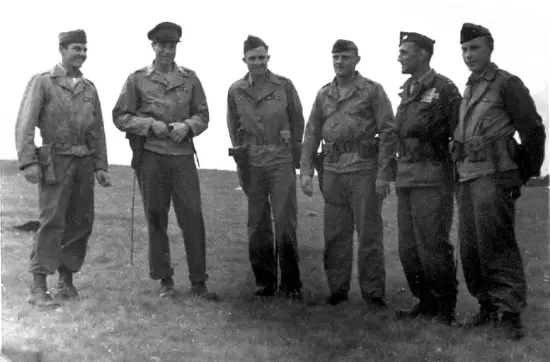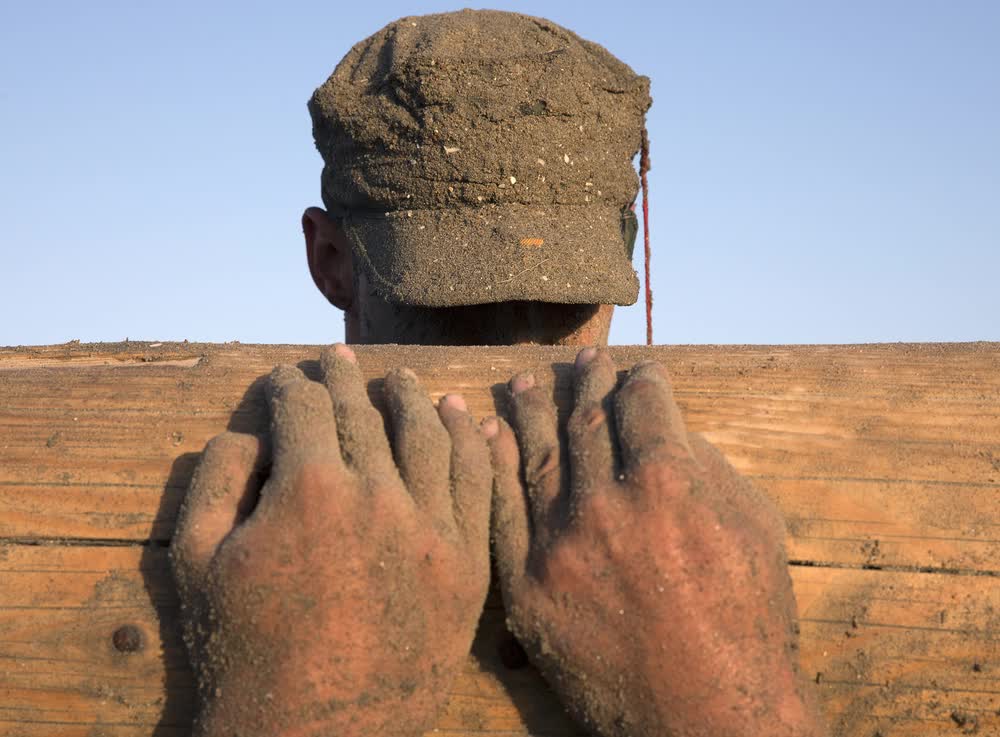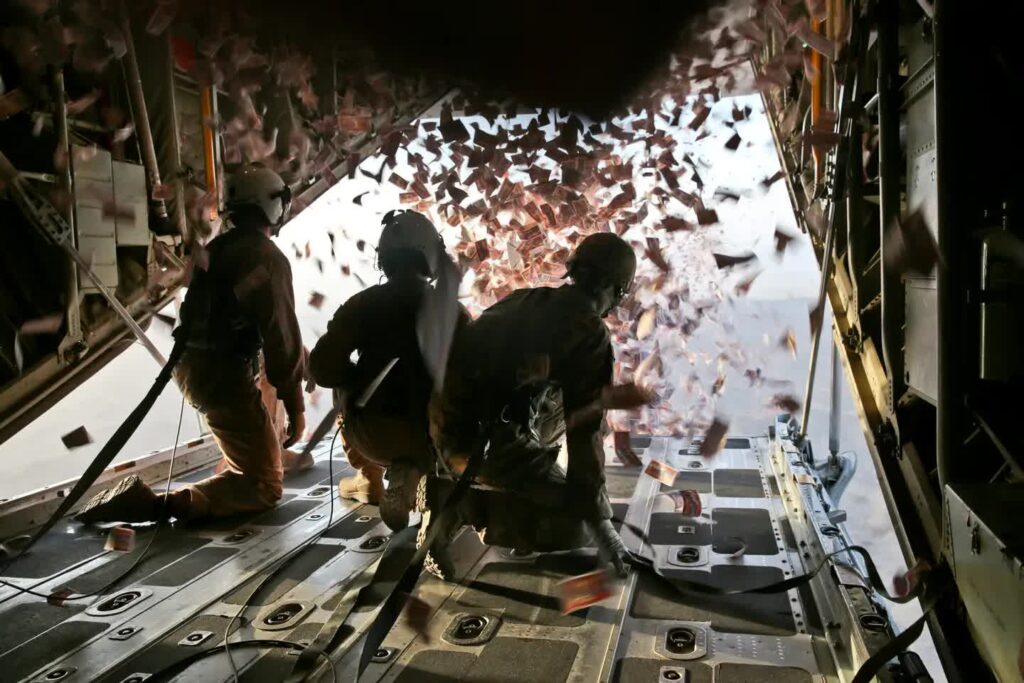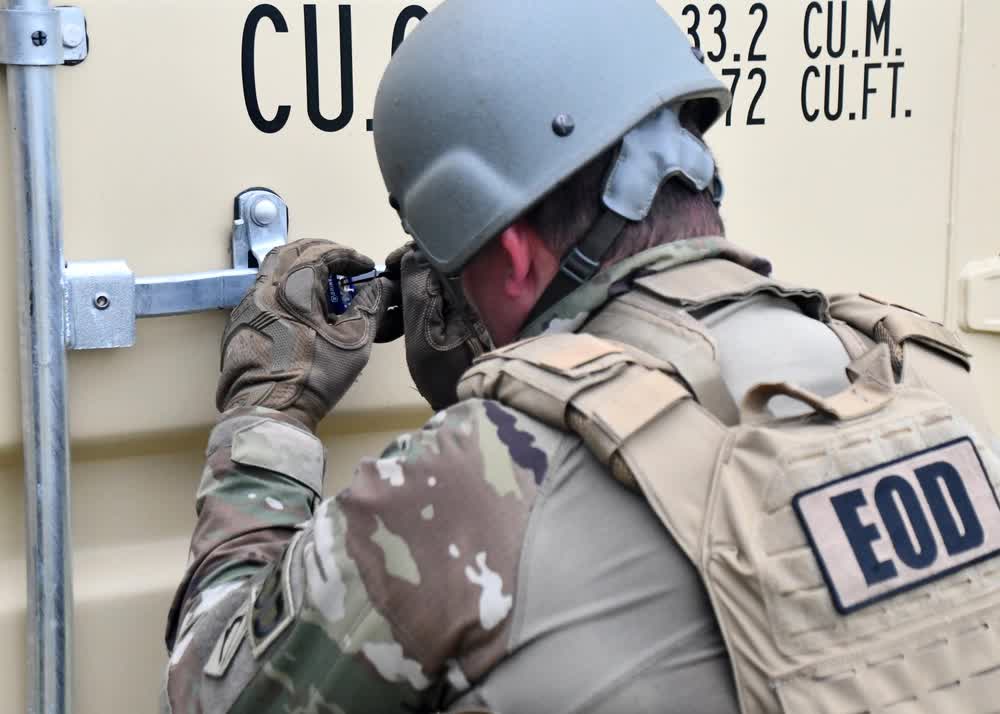While most Marines were island-hopping in the Pacific during World War II, some were conducting secretive operations across Europe.
The Office of Strategic Services (OSS), which was the CIA’s precursor, and the British Special Operations Executive (SOE) wanted to establish, observe, and arm French resistance fighters shortly after D-Day. So they commenced Operation Union 1 and Operation Union 2 to work with French resistance forces in Vercors Plateau. A small group of Marines was tasked with undertaking the operations.
OSS recruited individuals with high-value skills, this often involved the recruitment of Marines, most often from the Marine Corps reserve.
Introducing the Maquis
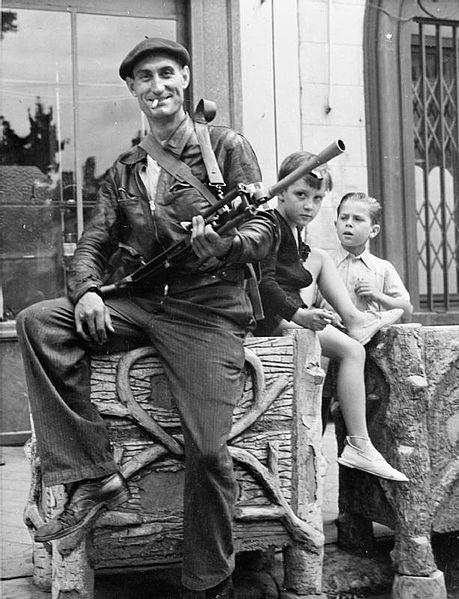
The maquis were resistance fighters made up of French and Belgian men and women who occupied the countryside and rural areas of France. (The name “maquis” comes from a shrub local to the region.)
A large portion of them were young men who had fled to the countryside to avoid being conscripted into the German Compulsory Work Service program. These men didn’t have many options. It was hide and resist or be worked to death by their conquerors. It’s not surprising that they chose to take up arms. Some left-wing veterans of the Spanish Civil War joined the marquis as well.
While these fighters had the spirit and will to fight, they lacked the armaments, organization, and experience. To the Allied forces, they were an army in waiting. The OSS and SOE wanted to confirm, observe, and get opinions from their men on the ground. This led to Operation Union 1.
Related: The special operations that paved the way for D-Day
Operation Union 1
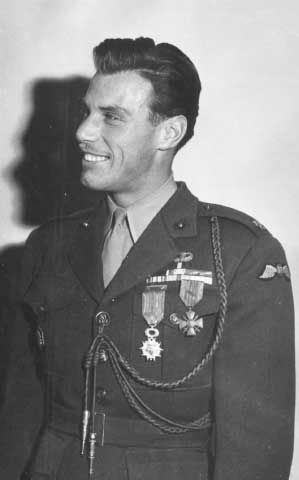
The goal of Operation Union was to secretly parachute a small team into the Vercors region of France. This team would be made up of French Secret Service Captain Pierre Fourcaud, British SOE Captain Thackwaite, and American Marine Captain Peter Ortiz. The three men had to rely on secrecy and stealth to survive.
Peter Oritz was a fascinating man, and it’s easy to see why he was chosen for this mission. He was an experienced soldier who had served with the French Foreign Legion before and during the war and spoke French.
The three men parachuted into France on July 6, 1944. Under cover of darkness, they infiltrated the German-occupied area wearing civilian clothes. They brought their official uniforms as well as they could be executed as spies if caught dressed as civilians.

For several months they scouted, met with the resistance fighters, and evaluated their potential by conducting direct action raids and missions along with them. The German’s caught wind of the team’s presence, but the three operatives managed to avoid capture. On one occasion, according to Herringbone Cloak – GI Dagger: Marines of the OSS, Ortiz killed several Germans using two Colt 1911s in the middle of a village after hearing them discuss the fate the Americans would face when captured.
During the operations, Ortiz and company stole ten vehicles from the Gestapo and even rescued four downed RAF pilots and evacuated them to neutral Spain. In May, the OSS withdrew the men.
Related: The Welbike – A motorcycle for Nazi-killing British paratroopers
Operation Union 2
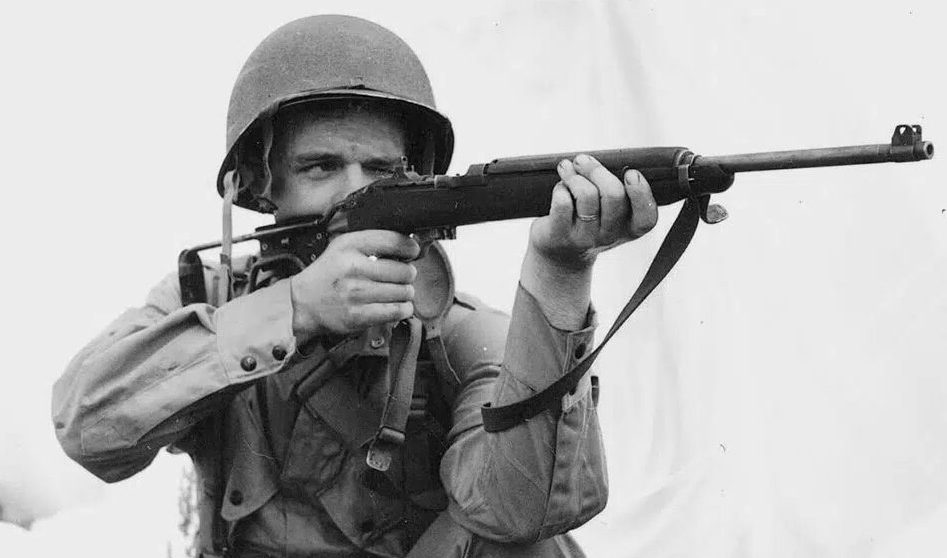
Upon their return, they reported that the marquis were willing to fight but lacked weapons, field gear, ammo, and more. The Allied forces decided to support the marquis, and this became Operation Union 2. Ortiz, now a major, was tasked with leading the operation. He took with him four more OSS Marines, a Free French officer, and an Army Air Forces captain.
They dropped into France on August 1, 1944. Each man carried an M1 Carbine and an M1911. They all carried a flask of cognac, 1,000 dollars worth of French francs, and a pack of Lucky Strikes. Major Ortiz carried a suitcase full of one million francs.
Sadly, the parachute of Sergent Perry, one of the OSS Marines, failed, and he died during the drop. The rest of the men landed and began collecting and distributing weapons to the French forces.
The men dropped along with 864 containers. These containers packed the firepower needed for a successful resistance: 298 BREN guns, over a thousand Sten guns, and a thousand Lee Enfield rifles, as well as thousands of grenades, over two million rounds of ammo, and more. They trained the maquis on their new weapons and began doing recon and leading ambushes. Operation Union 2 was a go.
The Germans began reprisals, including the murder of resistance fighters on the spot and attacks against villages that could help the fighters.
Once, in the town of Montgirod, injured marquis found sanctuary along with the men of Union 2. A German patrol moved in, and the Union 2 men were separated from the maquis. They escaped the town and watched as the Germans burned it down.
Related: Why the M1 Carbine became an American legend
The end of the operation
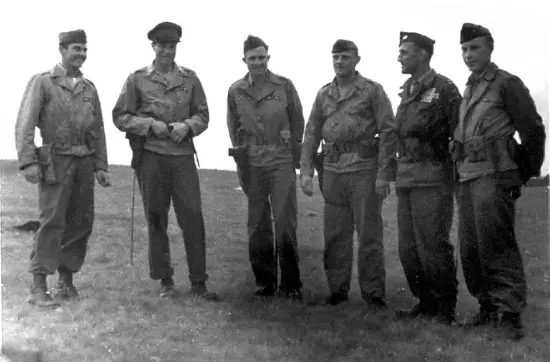
This massacre and reprisal must have lain heavy on Ortiz’s mind. The next day he and his men moved through the town of Centron. They traveled in a single-file formation and were ready to run when necessary when they stumbled into a German patrol. (Mountains had concealed both forces until it was too late.)
A fight broke out, and the heavily outnumbered Union 2 forces attempted to flee back through the town and into the countryside. The Germans surrounded the village. Half the team escaped, but Ortiz and two Marines were stuck inside the town and moved from house to house, trying to escape.
With the village surrounded, Ortiz faced hard choices. He could shoot his way out, but that risked the lives of his men, and even if they were successful, the Germans would punish Centron as they had done to Montgirod. So he decided to surrender. In his after-action report, he later stated:
“Since the activities of Mission Union and its previous work were well known to the Gestapo, there was no reason to hope that we would be treated as ordinary prisoners of war. For me personally, the decision to surrender was not too difficult. I had been involved in dangerous activities for many years and was mentally prepared for my number to turn up. Sergeant Bodnar was next to me, and I explained the situation to him and what I intended to do. He looked me in the eye and replied, ‘Major, we are Marines. What you think is right goes for me too.'”
Til the end
Ortiz and his Marines were captured and held as POWs.
During their captivity from August 1944 to April 1945, they repeatedly tried to escape. Ortiz finally managed to escape but returned to the POW camp after it had been largely evacuated by the Germans and the POWs had assumed control over it. By the end of April, the British had officially liberated the camp, and Ortiz and the remaining members of Operation Union 2 were freed.
Operation Union 1 and Operation Union 2 were only one story in a book’s worth of the adventures of OSS Marines.
Feature Image: The men of Operation Union 2. (Creative Commons)
Read more from Sandboxx News
- Letters to Loretta: 4th of July brings no happiness to the American prisoners
- This Nazi night pistol might have been the first light-fitted pistol
- Letters to Loretta: An American B-17 bomber versus Nazi fighters
- Nazi drone technology and the Goliath tank killer
- Josef Mencik – History’s last knight stood against the Nazis
